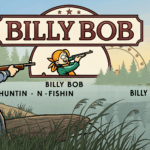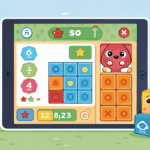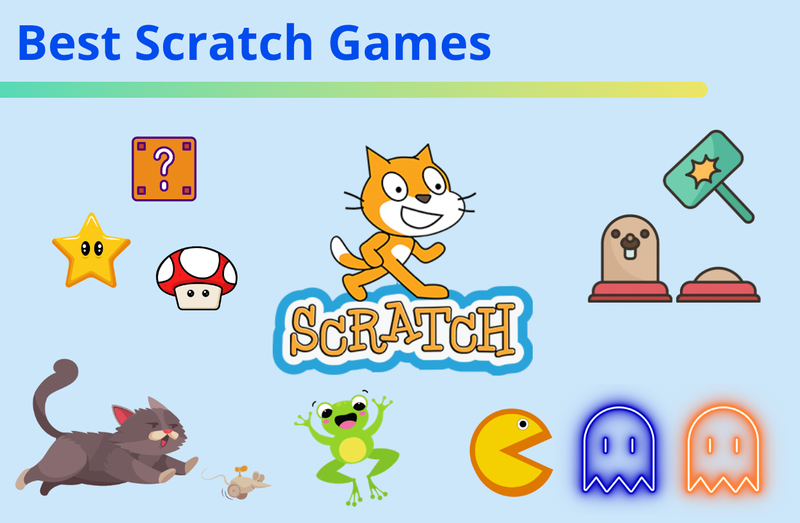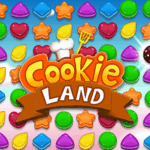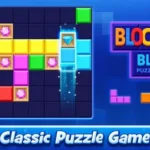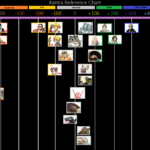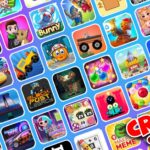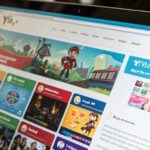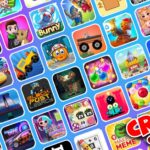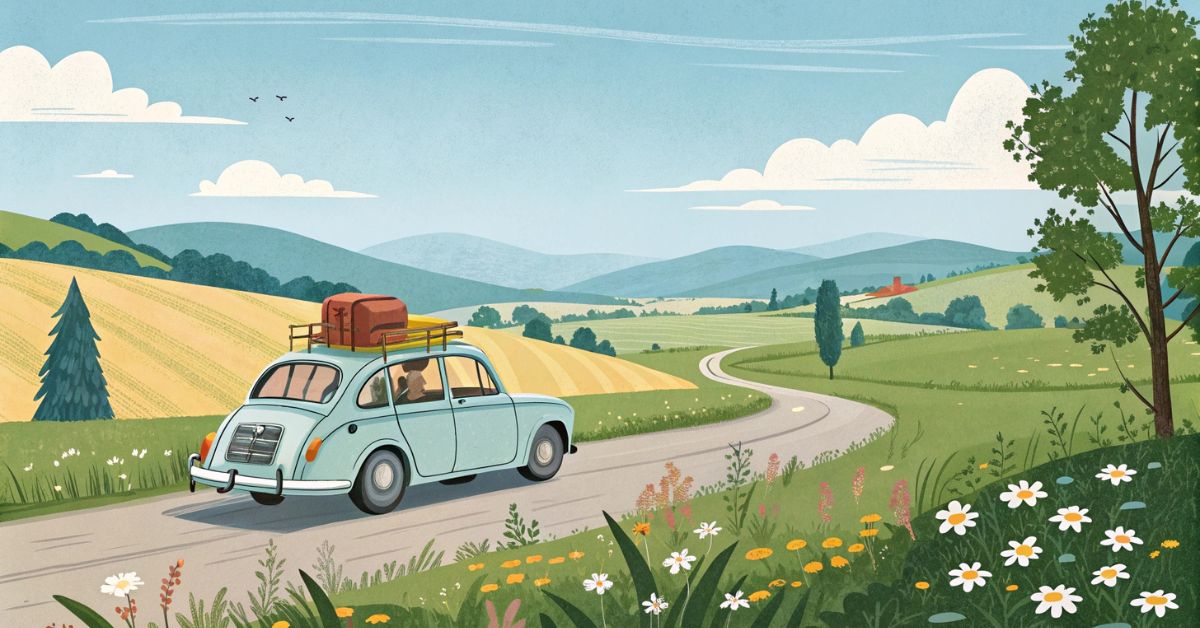Scratch games are interactive games created on the Scratch platform, a visual programming language developed by MIT Media Lab. These games allow beginners and kids to learn coding in a fun and engaging way. With Scratch, you can make animations, interactive stories, and even multiplayer games without writing complex code.
Scratch games are not just entertaining—they help users develop problem-solving skills, creativity, and logical thinking. Whether you are a student, teacher, or hobbyist, Scratch provides an easy and accessible way to dive into coding. Many schools around the world have started using Scratch to teach programming fundamentals.
History of Scratch and Its Development
Scratch was first developed in 2003 by MIT Media Lab as a tool for teaching coding to young learners. The platform allows users to drag and drop coding blocks to create projects. Over the years, Scratch has evolved, adding new features, better graphics, and interactive tools.
The Scratch community has grown tremendously, with millions of users sharing their games online. From simple puzzles to advanced multiplayer projects, Scratch has become a global platform for learning coding creatively. Its continuous updates ensure that beginners and experts can enjoy programming in a safe and interactive environment.
Benefits of Playing Scratch Games
Playing Scratch games has many benefits beyond entertainment. It improves coding skills, helps understand programming concepts, and encourages creative thinking. Kids and beginners can explore logic, loops, and conditions while having fun.
Additionally, Scratch games foster teamwork and collaboration. Many projects allow users to remix existing games, share ideas, and learn from others. This combination of fun, learning, and collaboration makes Scratch games a popular choice for parents, teachers, and students worldwide.
How to Create a Game on Scratch
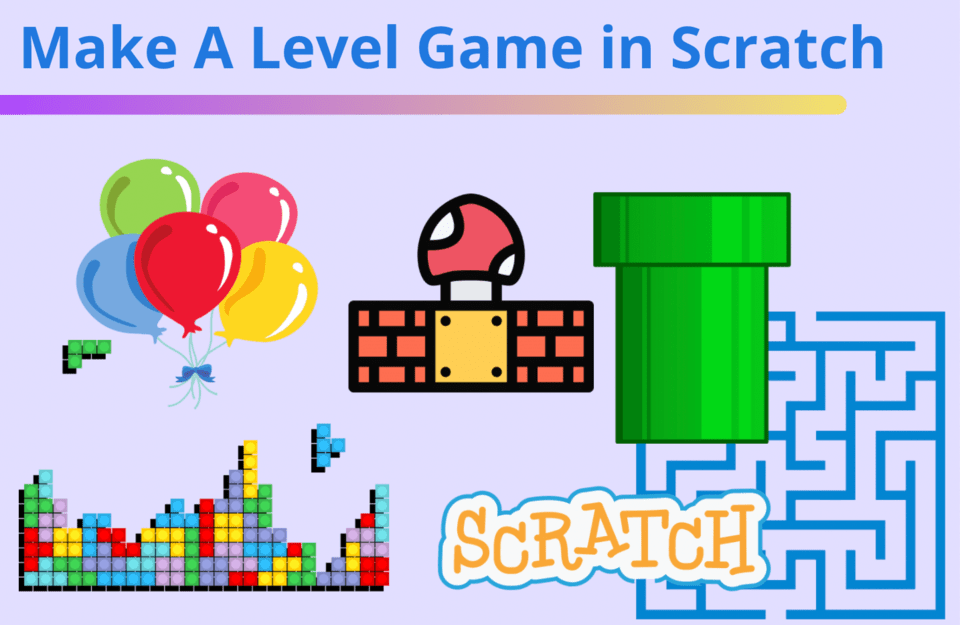
Creating a game on Scratch is simple and beginner-friendly. Start by signing up on the Scratch website. Next, select a sprite (character) and background. Use coding blocks like motion, events, and control to make your game interactive.
You can start with simple games like a maze or a quiz and gradually add advanced features like scores, timers, or animations. Scratch also offers tutorials to guide beginners through their first projects. The key is to experiment, test, and keep learning while building.
Best Scratch Games for Kids
Some of the best Scratch games for kids include platformers, quizzes, racing games, and interactive stories. These games are simple, fun, and encourage creativity. For example, games where characters collect items, solve puzzles, or complete challenges are very popular.
Parents and teachers often recommend these games because they combine fun with learning. Kids enjoy playing while also understanding coding logic and problem-solving. Sharing and remixing these games helps beginners improve their skills quickly.
Scratch Game Ideas for Beginners
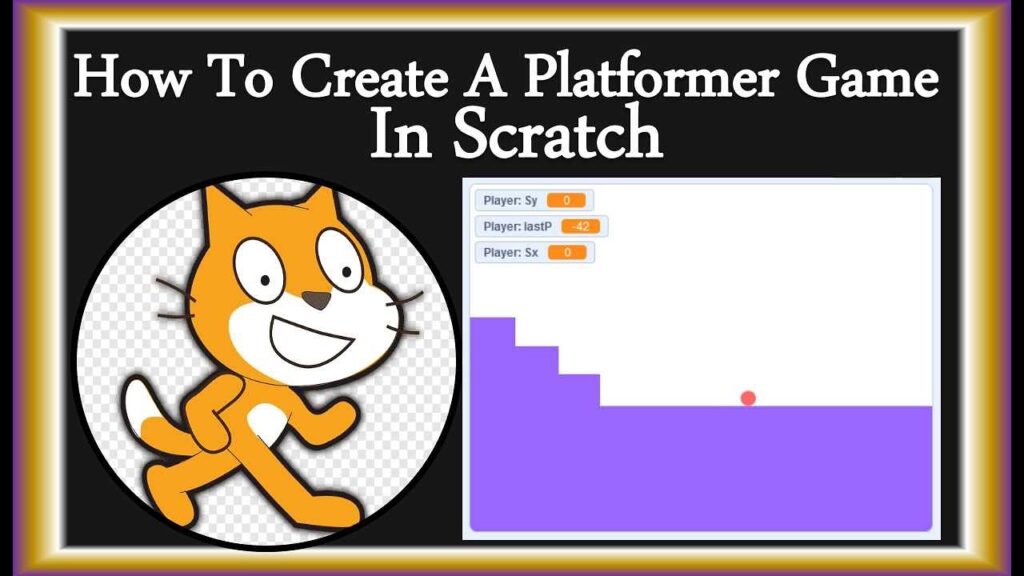
If you are new to Scratch, you can start with these beginner-friendly ideas:
- Maze game: Guide a character through a simple maze.
- Quiz game: Ask multiple-choice questions and track scores.
- Catch game: Collect falling objects and avoid obstacles.
- Story animation: Create an interactive story with characters.
These projects are simple but teach basic programming concepts like loops, conditions, and events. Beginners can gradually make their games more complex as they learn.
Advanced Scratch Game Projects
Once you are comfortable with Scratch, you can try advanced projects. These can include multiplayer games, platformers with multiple levels, or games with custom animations and sound effects.
Advanced projects require understanding variables, cloning, and broadcasting messages in Scratch. They challenge you to combine creativity with programming skills. Many online resources and tutorials can guide learners to complete these projects successfully.
Scratch Programming Tips & Tricks
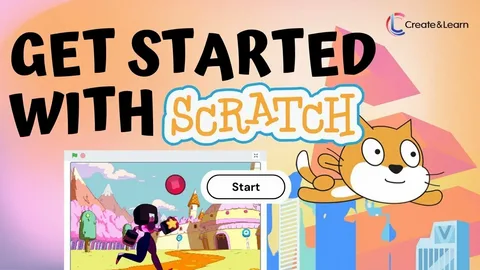
Here are some useful tips for creating better Scratch games:
- Plan your game before starting. Draw characters, levels, and rules.
- Use broadcast messages to make sprites interact.
- Test frequently to fix bugs early.
- Explore the Scratch community for ideas and inspiration.
These tricks help beginners avoid common mistakes and make their games more engaging and functional.
Common Mistakes to Avoid in Scratch Games
Beginners often make these mistakes:
- Adding too many sprites, which can slow down the game.
- Ignoring variable setup for scores or timers.
- Copying projects without understanding them.
- Skipping testing before sharing.
By avoiding these errors, you can create smooth and enjoyable games while learning the basics of programming.
Sharing and Publishing Your Scratch Games
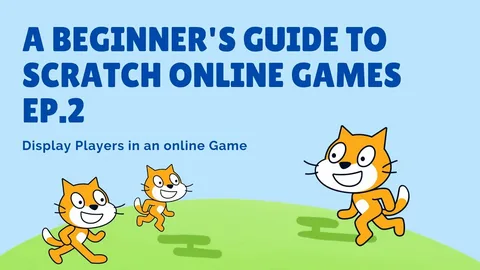
Scratch allows users to share their games online. After creating a project, you can click “Share” to make it public. Others can play, comment, and even remix your game.
Publishing your game on Scratch helps you get feedback from the community and improve your skills. It also encourages collaboration and gives beginners a sense of achievement.
Scratch Community and Resources
The Scratch community is a global platform with millions of users. You can join forums, view tutorials, and participate in challenges. Websites like Create & Learn, CodeWizardsHQ, and YouTube channels provide step-by-step guidance for learners.
Engaging with the community helps beginners stay motivated, get ideas for new games, and improve coding skills. The combination of learning resources and community support makes Scratch a unique platform for everyone interested in coding.
Conclusion and Next Steps
Scratch games are an excellent way to learn coding, build creativity, and have fun. From beginner-friendly projects to advanced interactive games, Scratch offers something for everyone. Start by creating simple games, explore tutorials, and engage with the community. As you improve, you can make more complex projects, share your work online, and even teach others. Scratch is not just a learning tool—it’s a creative playground for programmers of all ages.
Frequently Asked Questions (FAQs)
What are Scratch games?
Scratch games are interactive games created using the Scratch programming platform, designed mainly for beginners and kids to learn coding in a fun way.
Is Scratch suitable for beginners?
Yes, Scratch is perfect for beginners because it uses drag-and-drop coding blocks, making it easy to create animations, stories, and games without writing complex code.
Can I play Scratch games online?
Absolutely! Scratch games can be played directly on the Scratch website or shared by other users online.
Do I need to install Scratch to create games?
No, you can use the online version of Scratch in your web browser. However, an offline version is also available for download.
What skills can I learn from Scratch games?
Playing and creating Scratch games helps develop coding skills, problem-solving abilities, creativity, logical thinking, and teamwork when collaborating with others.
Can I share my Scratch games with friends?
Yes, Scratch allows you to share your games on its platform so others can play, comment, and remix your projects.
re there tutorials available for Scratch games?
Yes, there are official tutorials on the Scratch website and many online platforms like YouTube, CodeWizardsHQ, and Create & Learn.
What types of games can I make on Scratch?
You can create various types, including platformers, puzzles, quizzes, racing games, and interactive stories.
Is Scratch free to use?
Yes, Scratch is completely free to use for anyone, and no subscription is required.
Can adults use Scratch too?
Definitely! Scratch is designed for all ages. While it’s beginner-friendly, adults can also create fun and complex projects.
Related Post:

